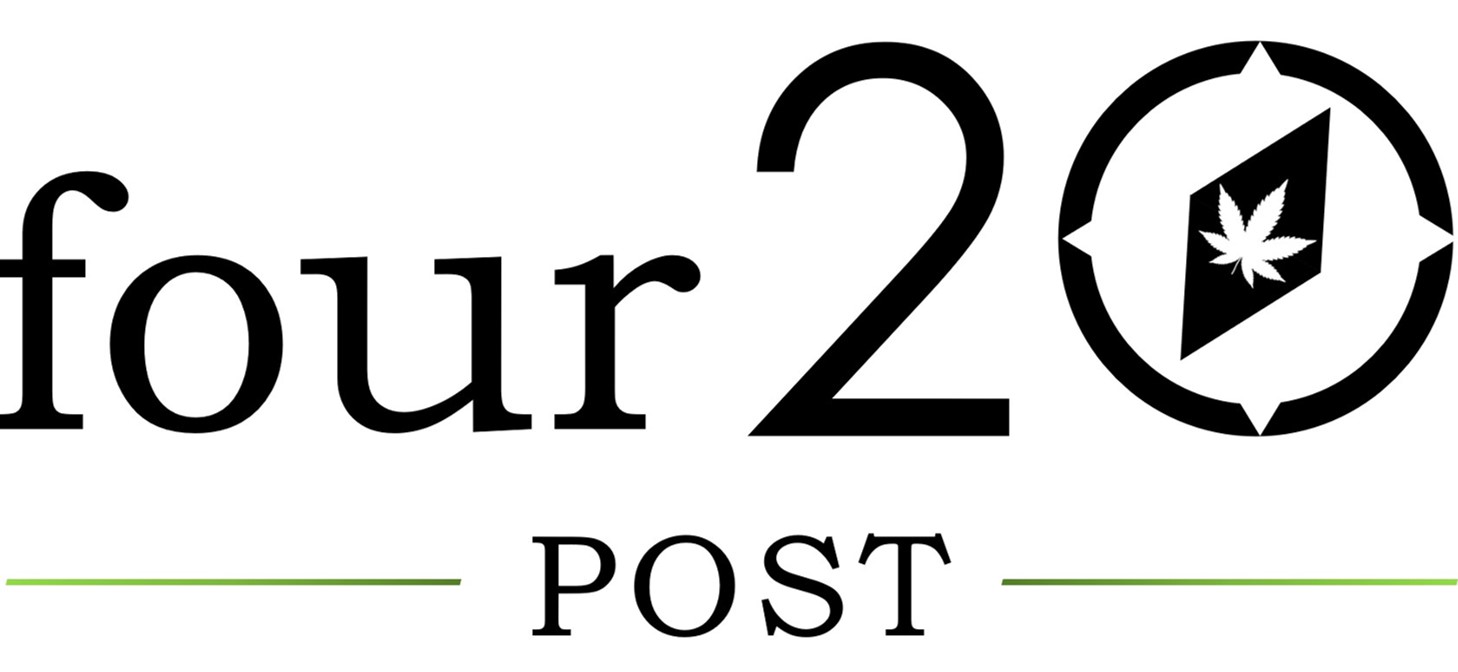The move from manual operations to levels of automation can be challenging. The same is true when updating existing automation to more sustainable levels of automation. Many industries, from traditional food and beverage, CPG, non-food, consumer products, and emerging industries such as cannabis, are looking for ways to differentiate brands and products on the shelf for consumers.
The automotive industry embraced robotics decades ago in manufacturing vehicles in several steps and functions to ensure effective operational cost and quality of all components. With high volume output and growth, natural questions arise on sustaining the scale either with human capital or forms of industrial automation. There are several critical elements to transition to automation within CPGs and other emerging industries.
Buyer beware must be at the forefront of the customer thought-process relative to automation levels based on internal goals. Transitioning to automation begins with assessing the end customer master operational plan. This plan is the manufacturing company’s 1 – 3 year strategic sales and planning forecast, which feeds the operational and manufacturing plan. This is critically important as automation must match the company’s short and long-term goals. Do not buy technology for the sake of the latest features and functions. Technology is one of the critical components but certainly not the only vital one.
Defining the problem to solve and charting the essential steps to include in the move from manual to, for example, level one automation are also important. Connect the solution to internal KPIs (Key Performance Indicators), i.e., manufacturing cost, labor cost, flexibility to pivot quickly for brand innovation and renovation, safety, or legacy equipment replacement. Next, evaluate the organization’s culture, the labor force, skill levels, products and variability, and internal manufacturing modes of operation. Essentially, build an operational personality model of the organization’s strategic leadership and manufacturing culture.
Level one automation comprises individual pieces of equipment that are a combination of electro-mechanical and inherent smart devices (digital) with feedback to its operator interface screen. An automation system comprises multiple pieces of equipment with line-level control, again with an inherent line feedback system to a line controller. This level of automation should address the following:
- Overall masterplan
- Total Cost of Ownership (TCO)
- Labor Utilization
- Technology of Various Types Per Application
Level two automation allows implementing varied technologies like AGV’s, ARM’s and robotics to solve the same challenges when addressing internal KPIs. The difference between levels one and two is the higher skill level required to operate the equipment, the reduction in labor utilization, and the potential for higher-level flexibility if done correctly.
An organization’s technical skill level and handle on variability in the following areas play a crucial part in the success of transitioning from manual to automation. Product variability, both batch to batch and shift to shift, must be assessed. The same holds for the operators’ skill level from the first to the last shift of operations. Additionally, the following keys should be assessed and documented:
- Operator skill assessments against the technology and automation
- Documentation of existing operating procedures
- Documentation of standard operating procedures
- Documentation of internal Modes of Operation
- Assessment of the external supplier’s capability to support the company operations (technical service, training and parts)
- Selection of suppliers with an understanding of internal master operational plan and goals
- Documentation of compliance and regulatory routines
Finally, do not buy automation. Instead, buy solutions that solve internal KPIs. Focus on the problem to solve and source partners with a toolbox of solutions in automation to match the internal operational master plan.

Robert Champion is a technical visionary leader with nearly three decades of manufacturing engineering and management experience, including installing innovations into a mature operations environment.
As founder of Special Forces Collaborators, he guides manufacturing plants in gaining operational efficiences.
